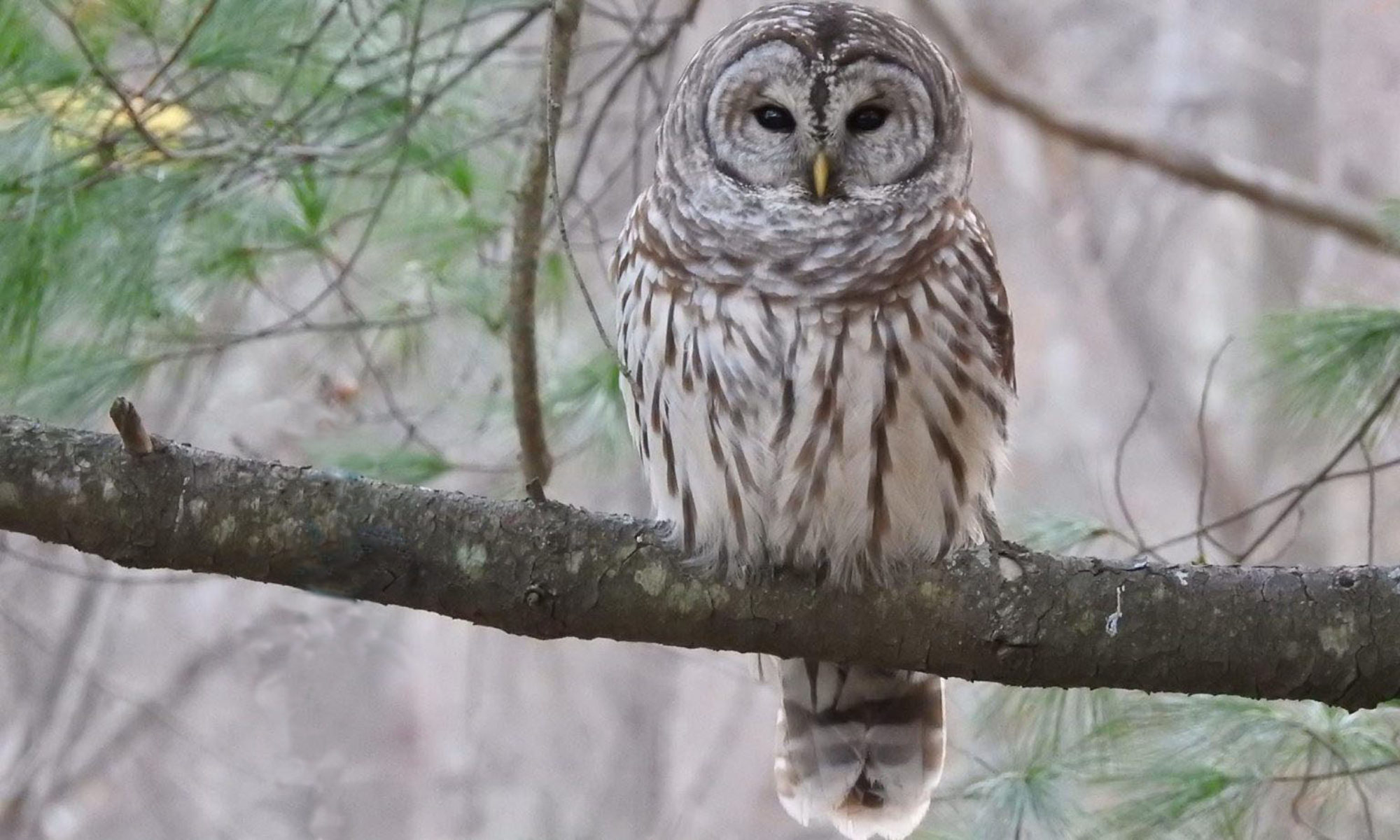TL/DR: Even though I am an “old white guy” I think birding should be more welcoming and inclusive and I am in favor of the AOS decision to get rid of eponymous bird names.
Others make much more heartfelt and eloquent cases for the AOS decision. I’m not going to try to repeat their arguments, which I find compelling. You all have it right, I’m talking about you, BNfB, and I support you.
Seeing all these good do-bees under attack, I really needed to say this in public, and it feels good. Extra good ever since a decrepit swamp thing recently slithered out of the Louisiana bayous and crapped all over my local listserv, MASSBIRD, looking for signatures on some retrograde petition. You and your cronies had your turn, pal, and you lost it in particularly egregious style. So pipe down and stay in your fucking lane.
Since plenty of light and heat have already been generated in support of change, I thought it might be fun to take the low road and catalog some of the asinine, but actual, objections that have choked my inbox in the last few weeks.
Oh, and full disclosure: I was pissed when they moved all the Dendroica and a few other warbler species into Setophaga, but I got over it and so can you. (Haha only serious.)
I’m a worldwide birder and North Americans should not be unilaterally changing [English] names. First, I hope you are doing something about your severely first-world high carbon footprint! I haven’t traveled that much internationally, but when I do talk about birds with birders abroad inevitably we inject genus and species into the conversation often just for clarity’s sake. Oh, and too late, we’ve already got a lot of name mismatches to keep straight.
This is all too political/leftist/woke. Politics should be kept out of birding (and vice/versa). My children would certainly not call me “woke,” but if they did, who cares? I suppose being open to growth and having empathy for others, even other birders, isn’t all that bad.
We should do this gradually. Why should we have to remember all these new names right off the bat? See Setophaga, above. Also, there is a certain cathartic appeal to making a change quickly and cleanly. Compared to most educational and scientific enterprises, which would talk this to death over a decade or more, the actions of the AOS are refreshingly decisive and timely.
Only really bad people’s names should be removed. By replacing all of the eponyms at once we are spared the unending arguments about who is too egregious to have a bird named for them and who is merely somewhat egregious but not too bad to keep.
We are purging the past/the history of ornithology is being cancelled. The evidence is pretty overwhelming that most people names for birds are not named for important scientists or renowned ornithologists. Many instead seem to have been aimed at currying the favor of some pretty unsavory characters.
This should be left up to the ornithologists. As far as I see, they’re not the only stakeholders here. And note, the crap about Setophaga; they cannot be trusted.
George Washington had slaves. Should we then take him off the dollar bill? Whaddaboutism at its finest. The argument continues that slaveholding was a feature of the time and should not be judged from the perspective of today’s mores. But we constantly judge the past, it’s called history. By the way, maybe we should take George off the buck.
Those scientific names should change as well, then. More partial whaddaboutism. Maybe they should change, too! And they are bound to keep on morphin’ as it is (cf. Setophaga).
And perhaps my favorite,
This is just so the field guide publishers can line their pockets with new editions. Yeah, Sibley and Kaufman are in cahoots and are going to get rich off this.




